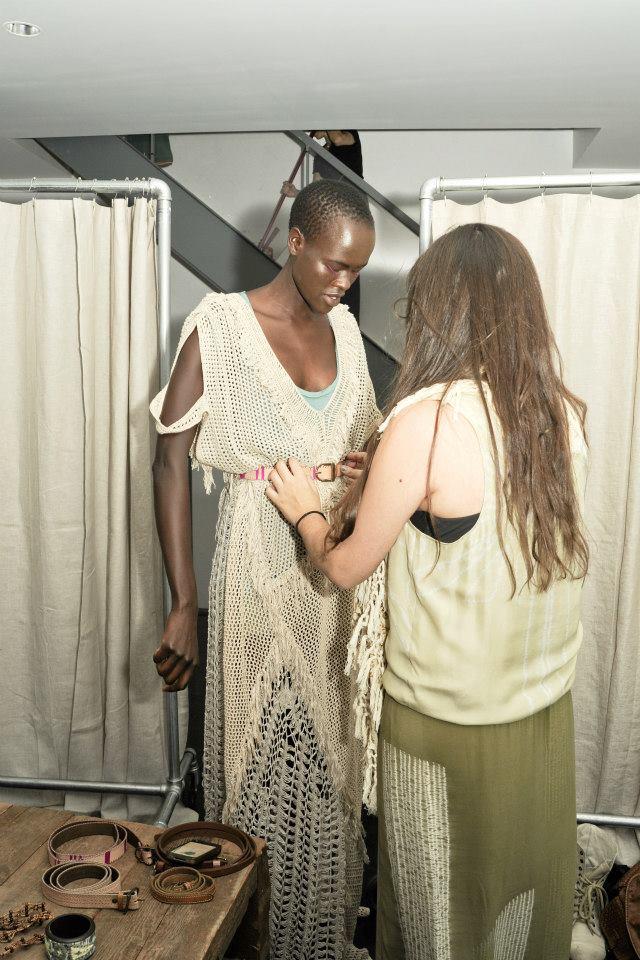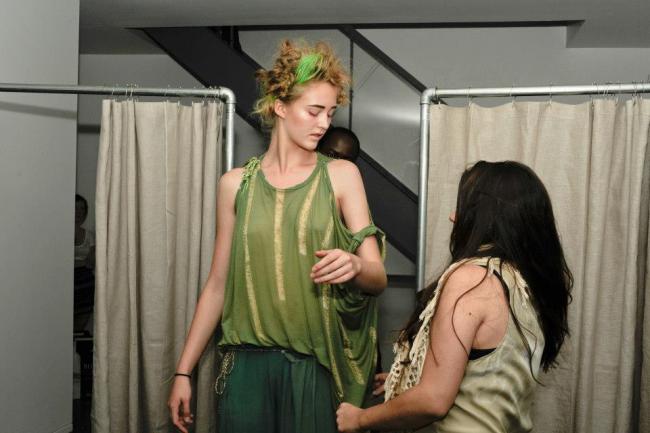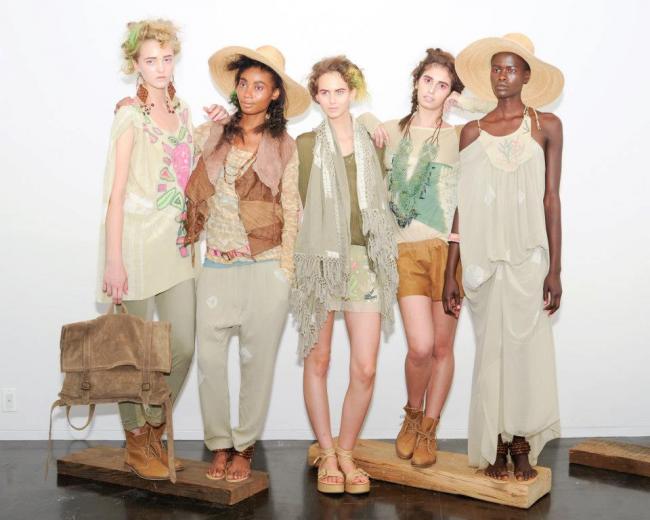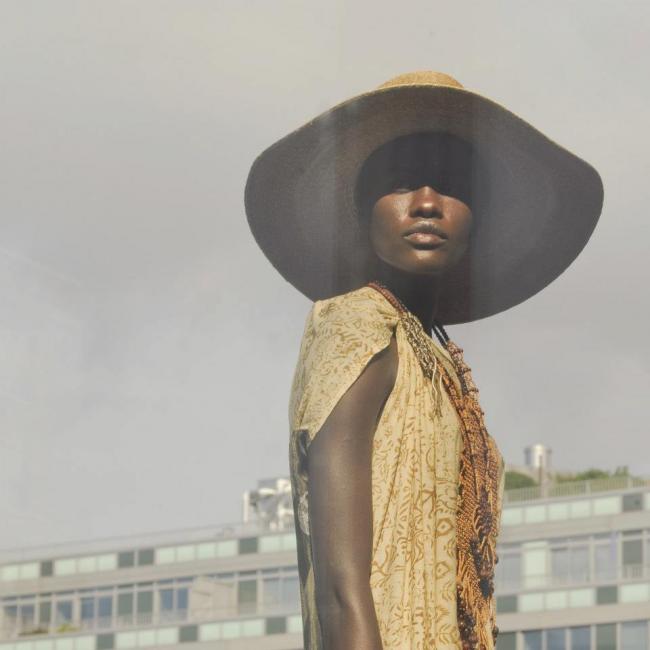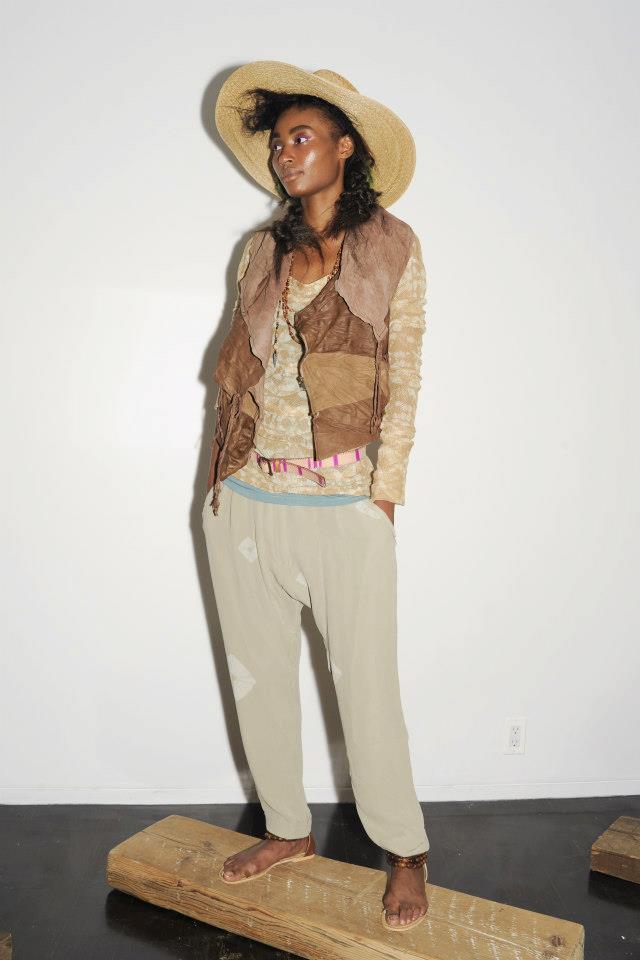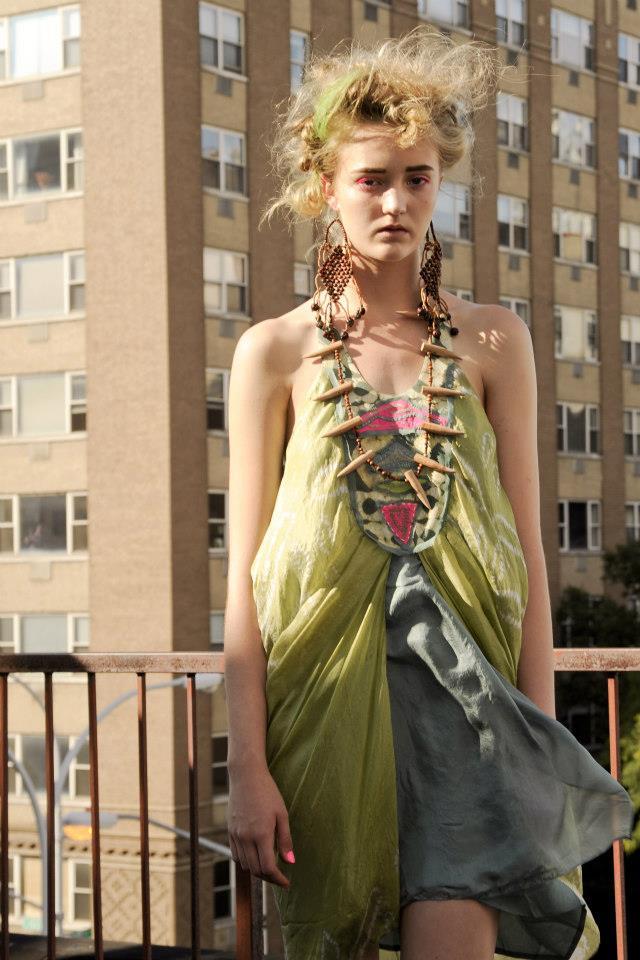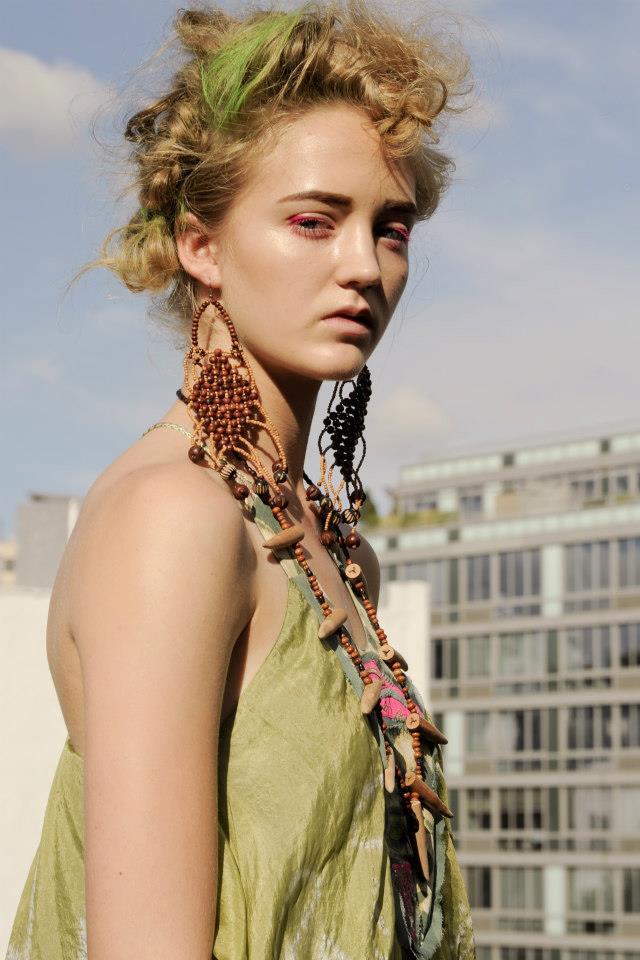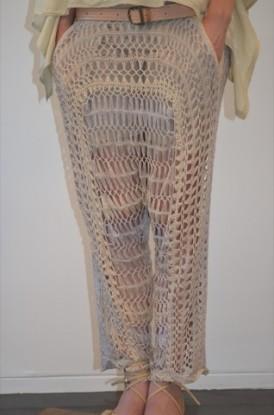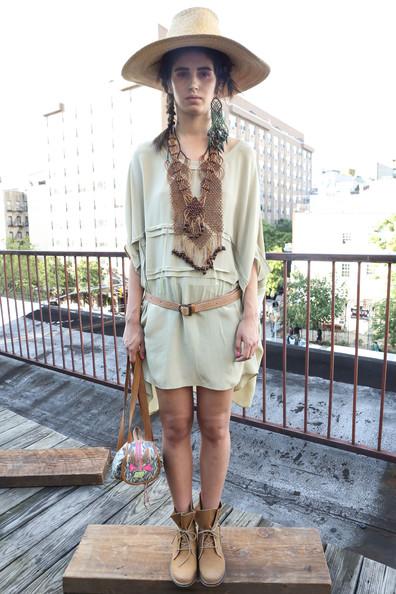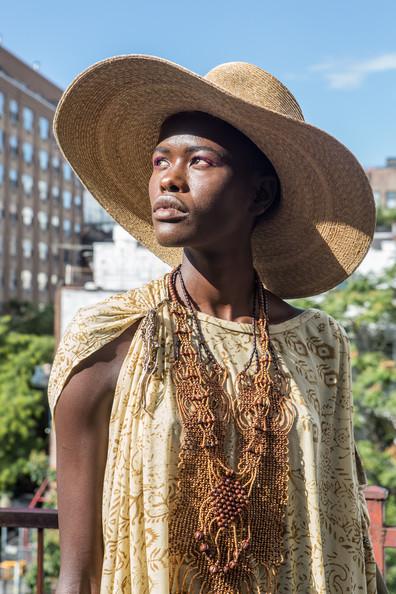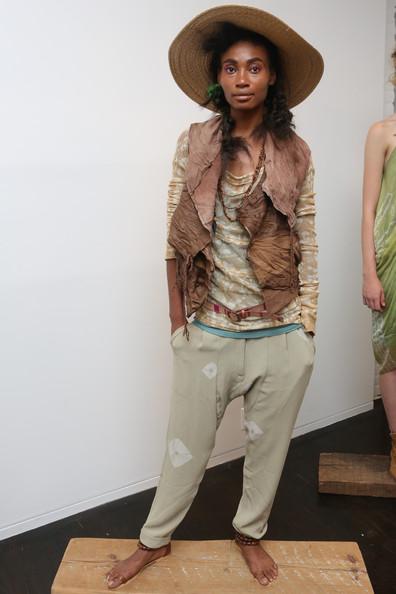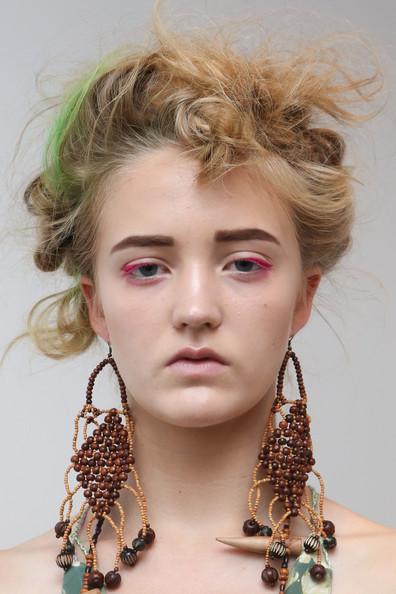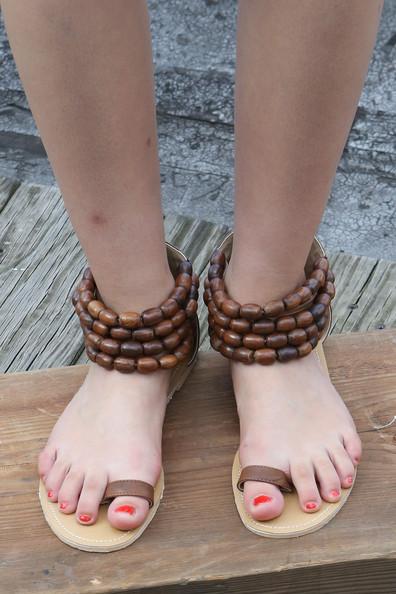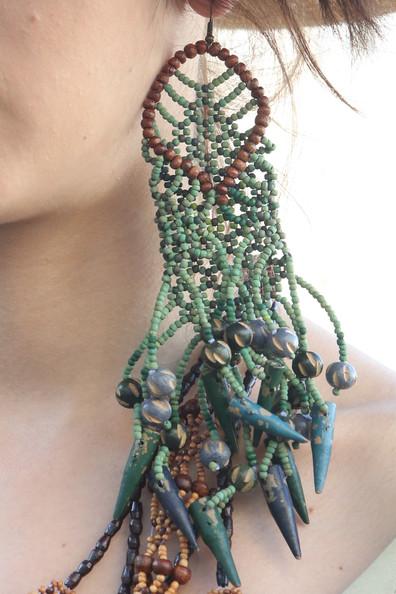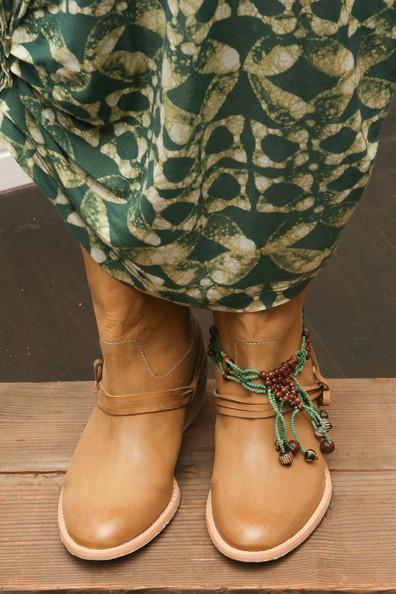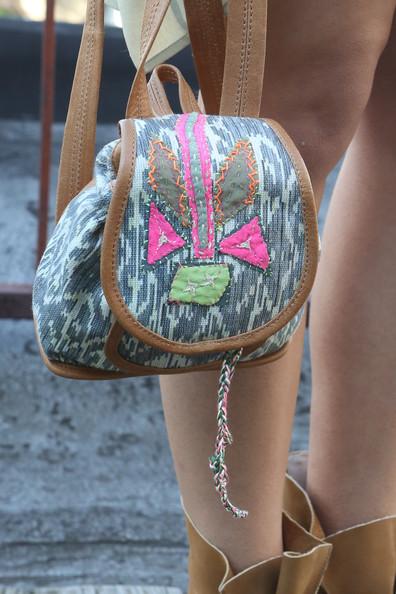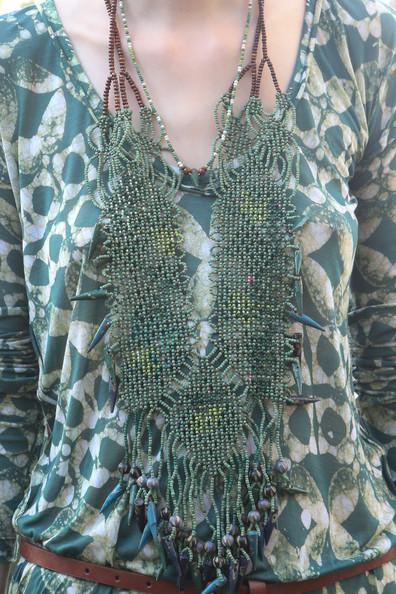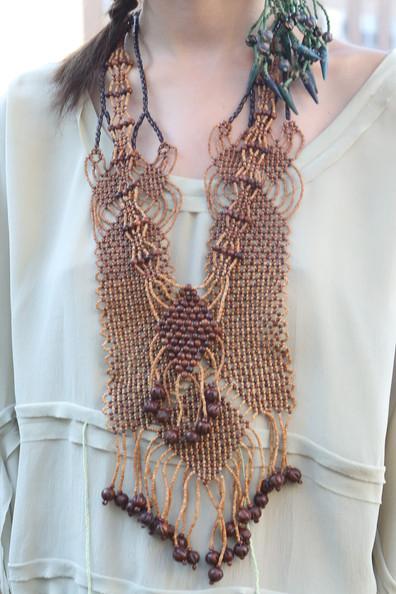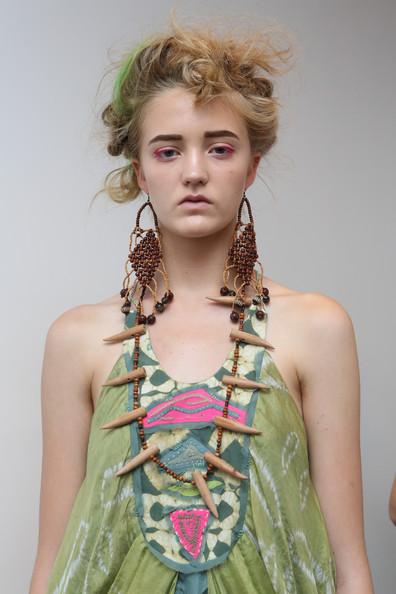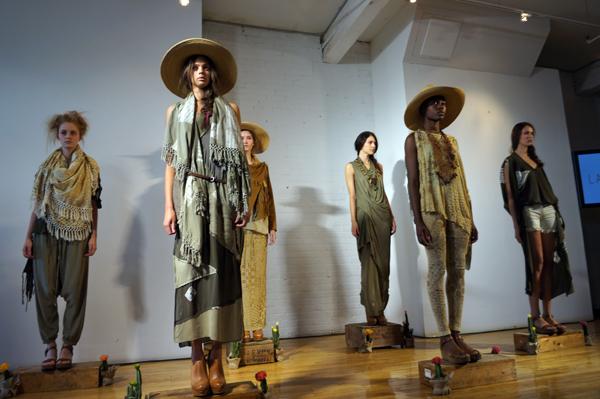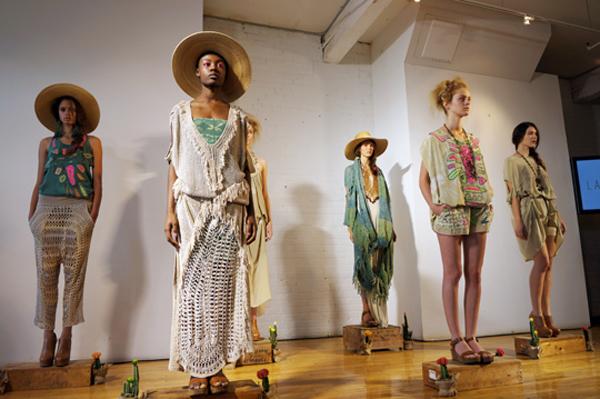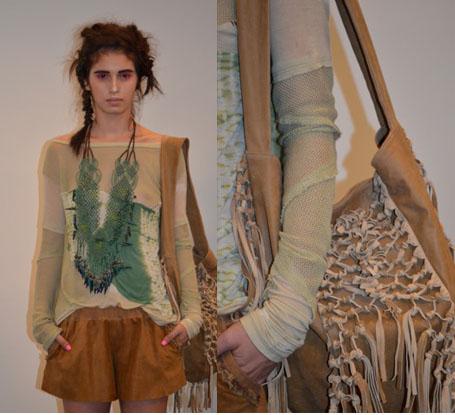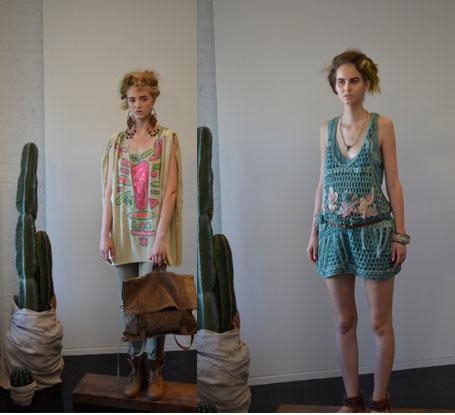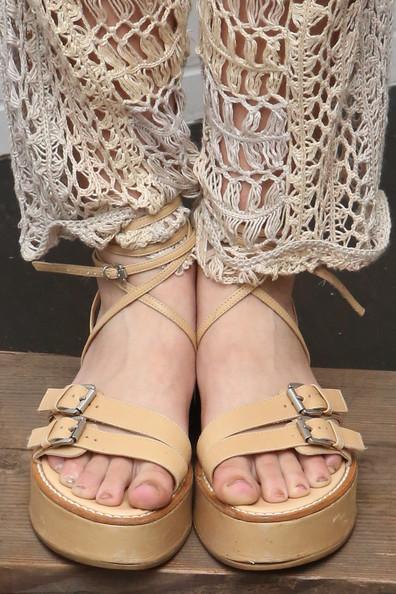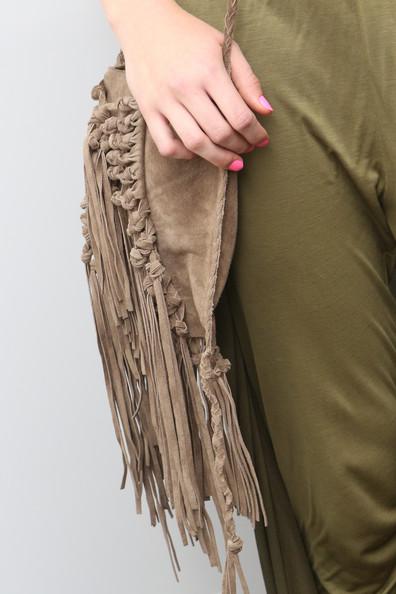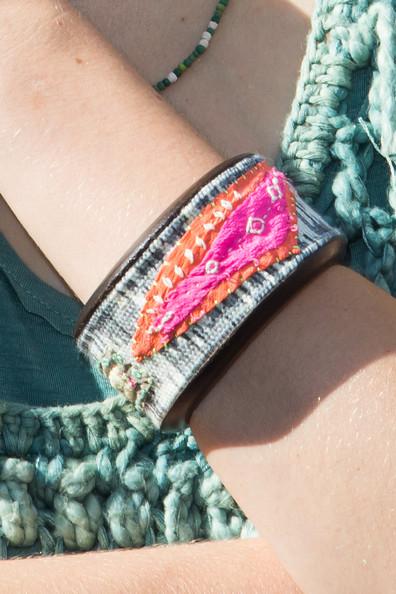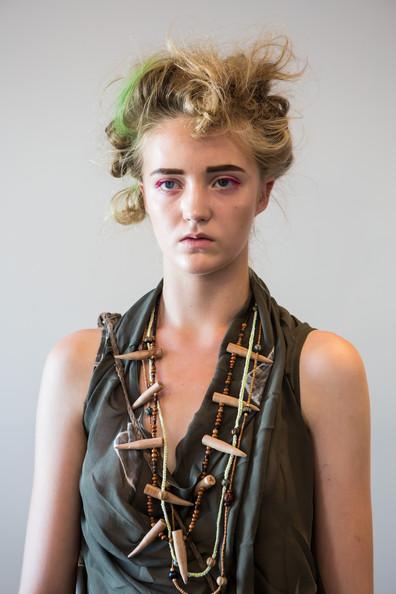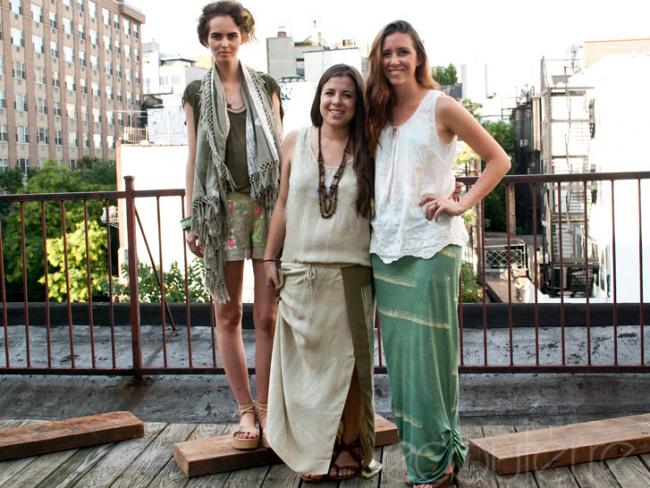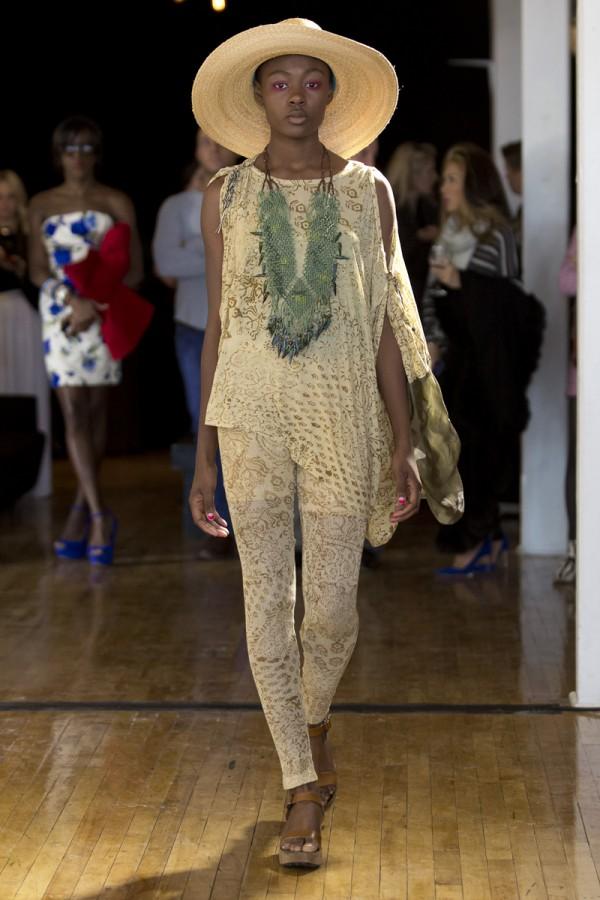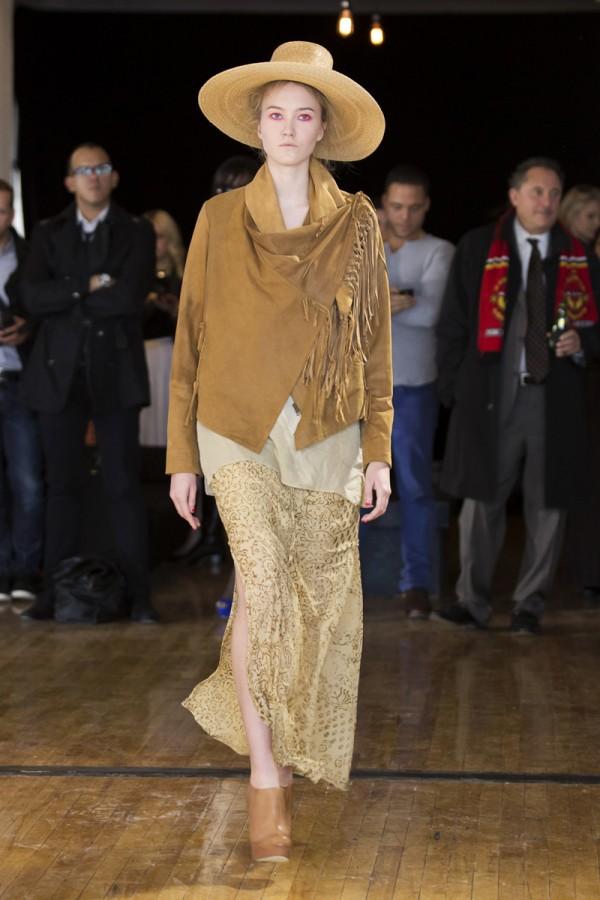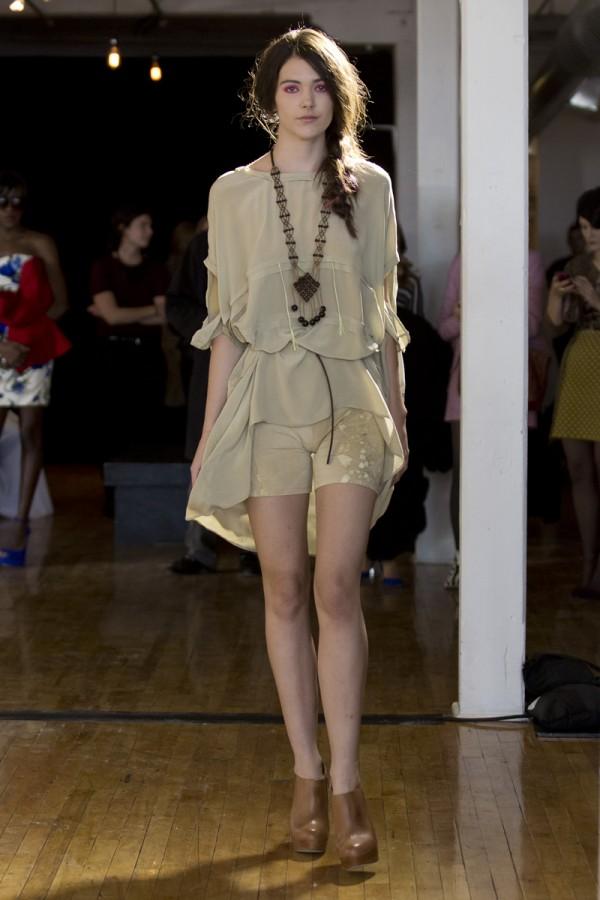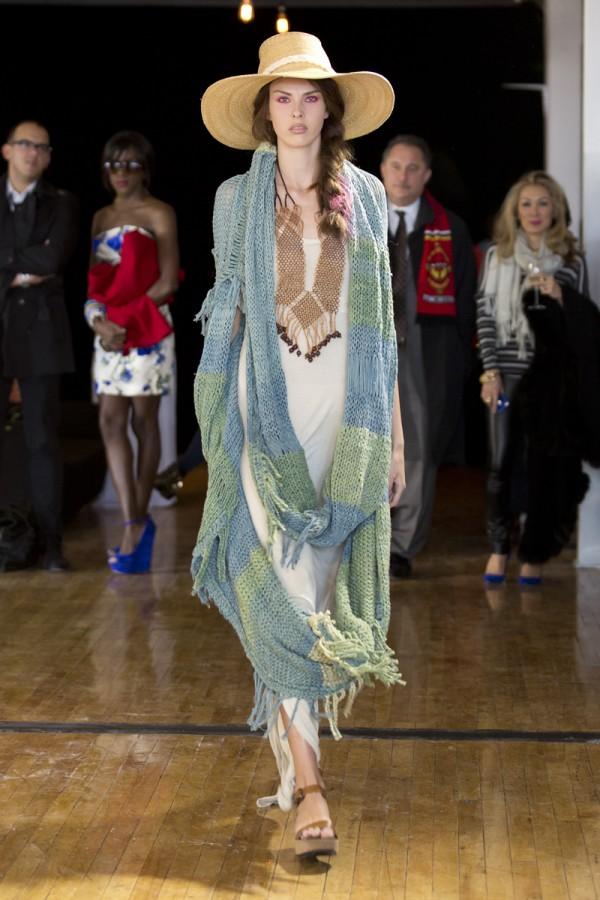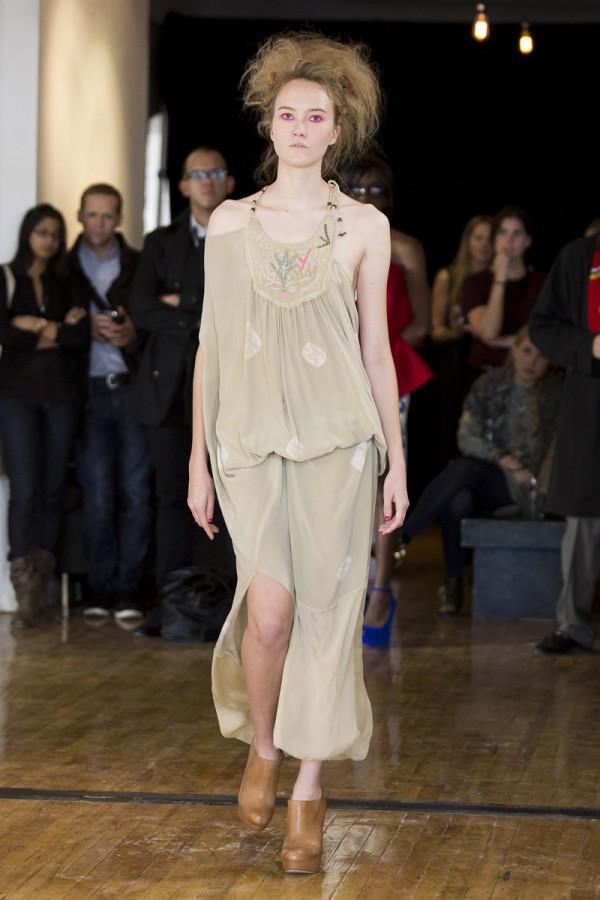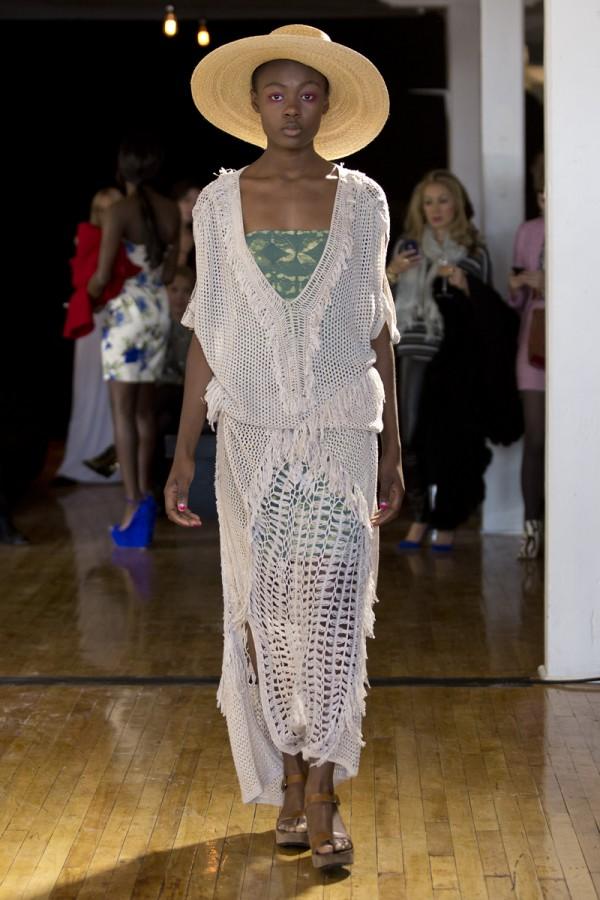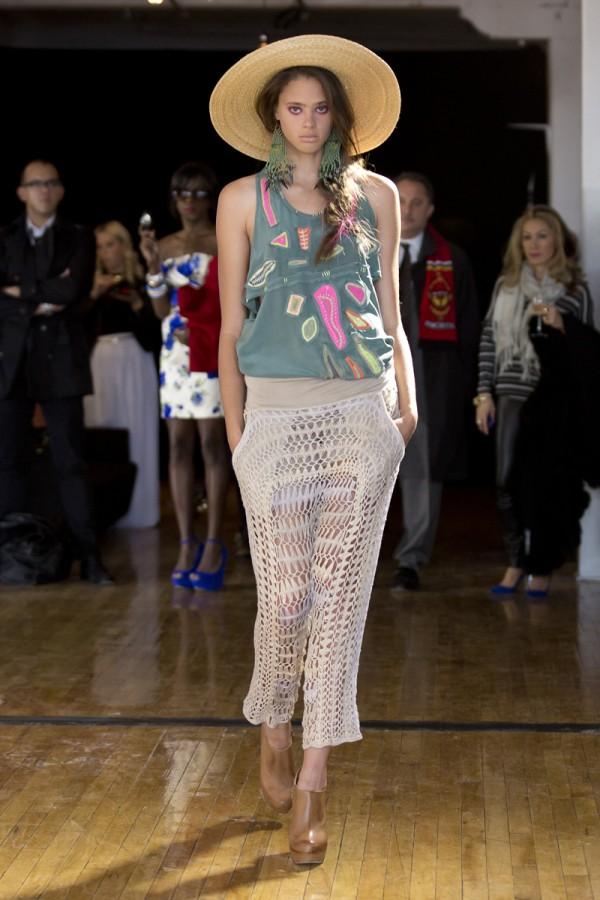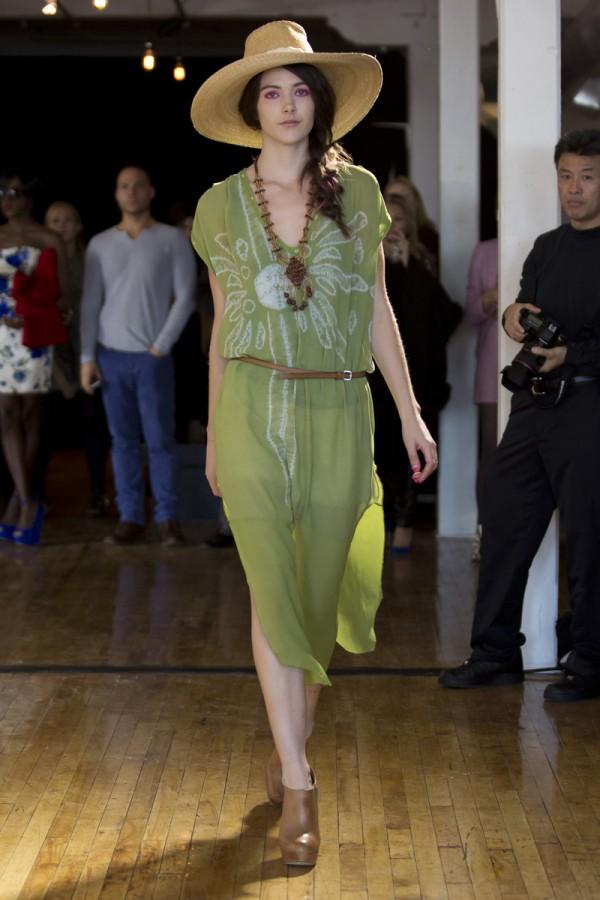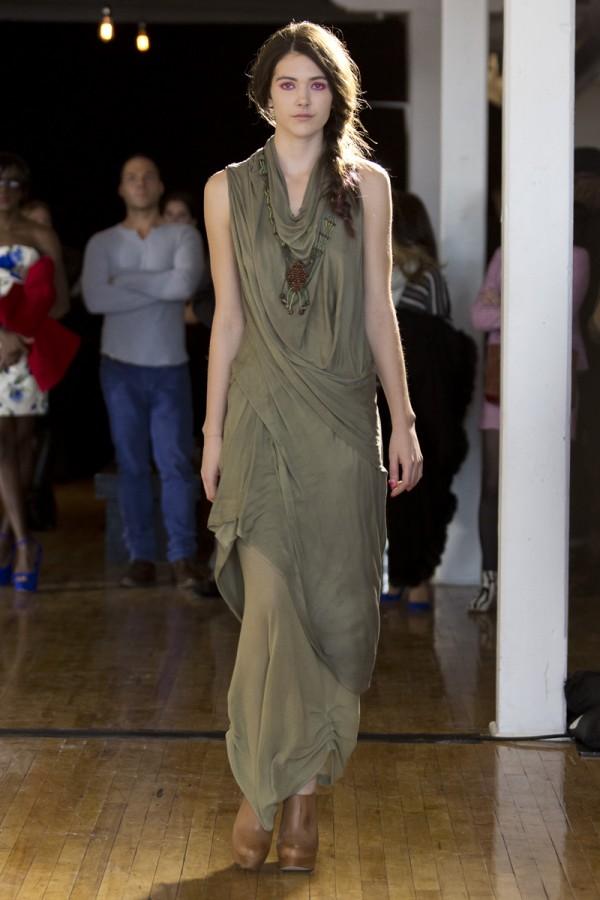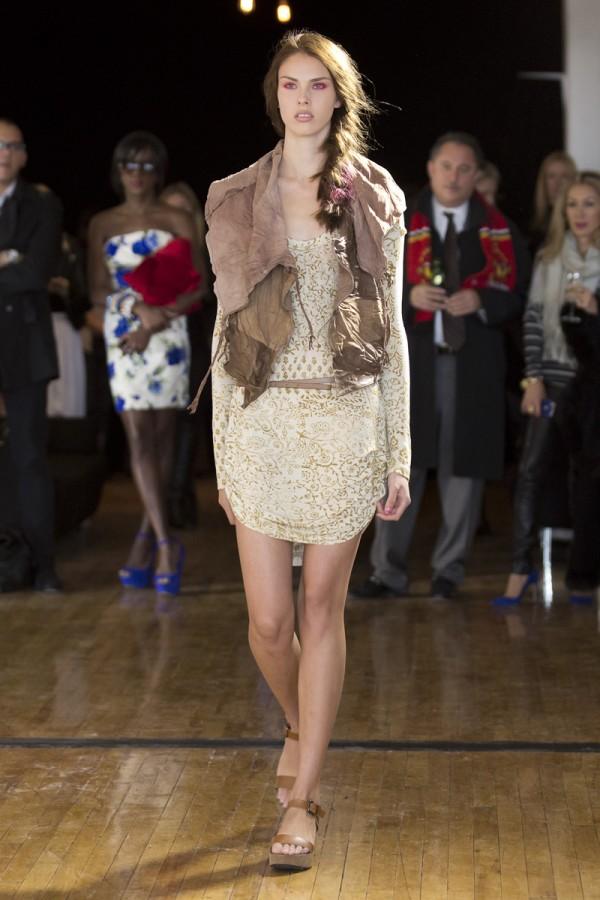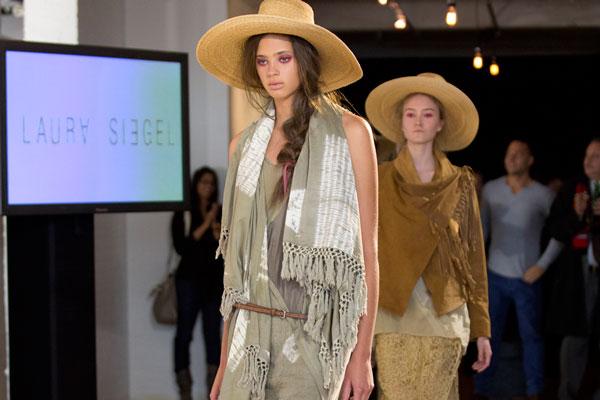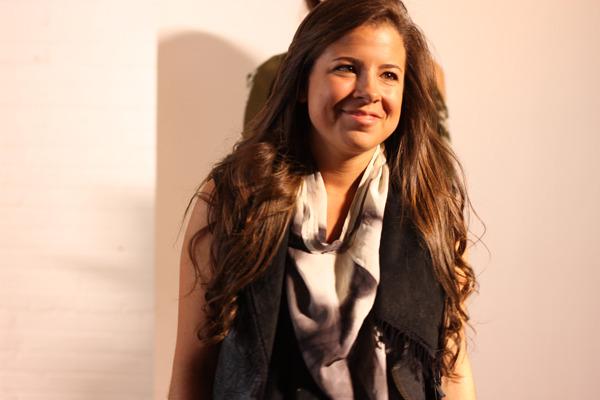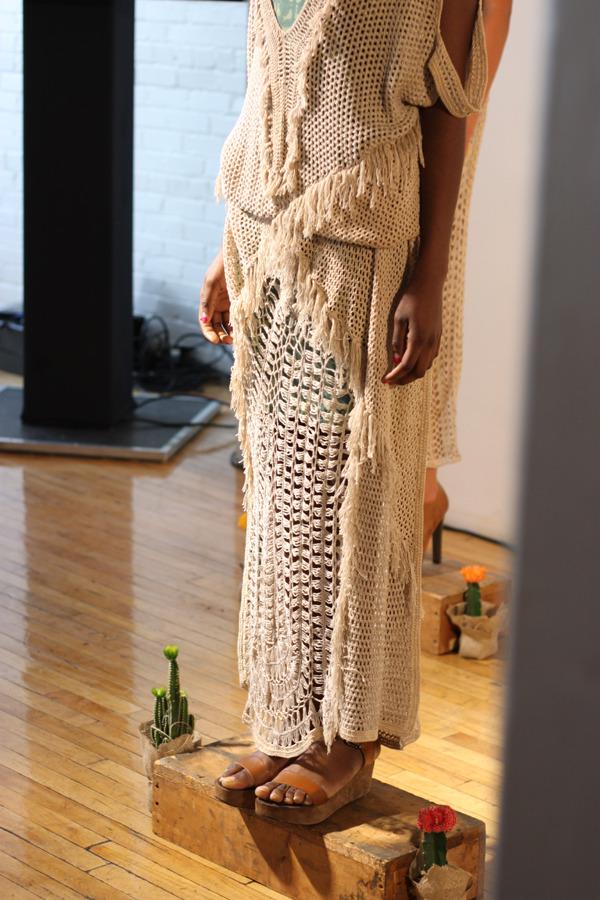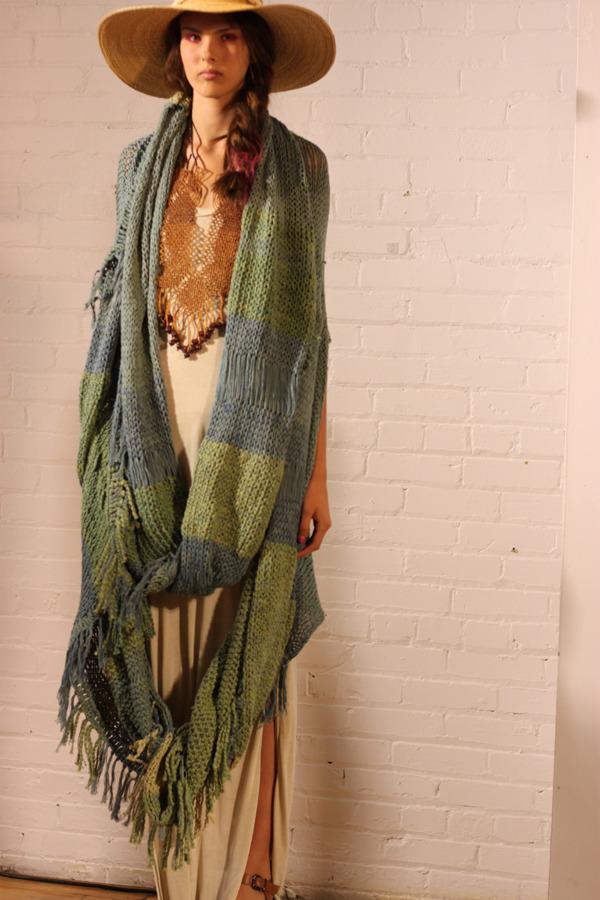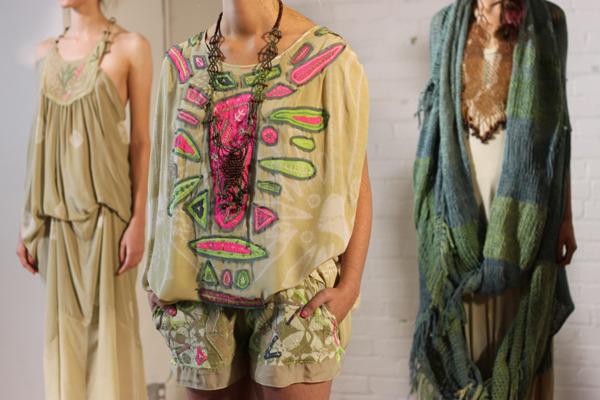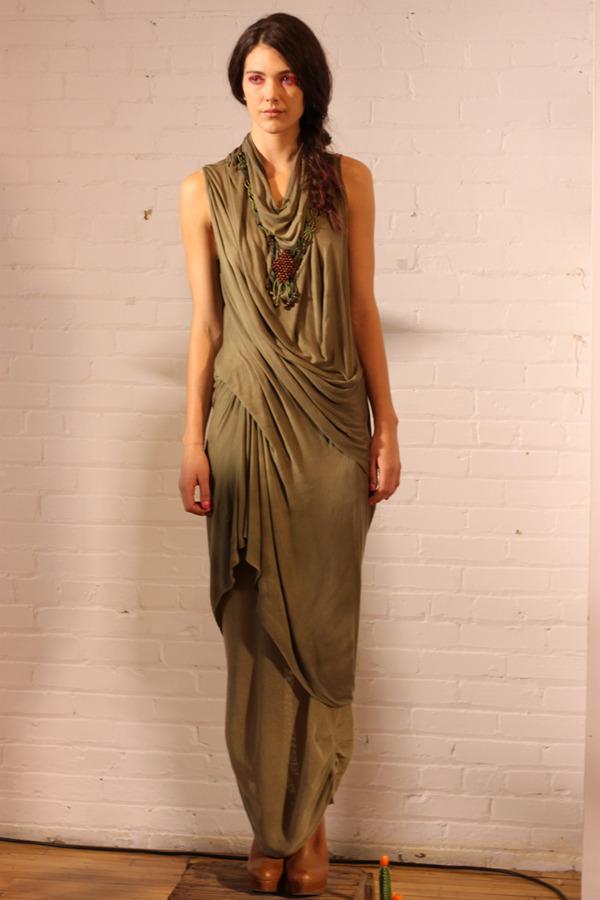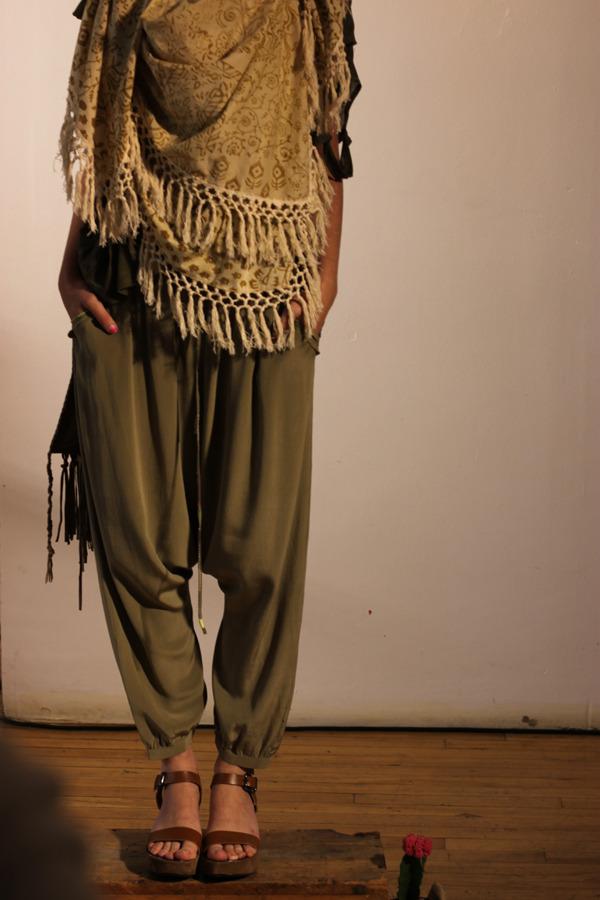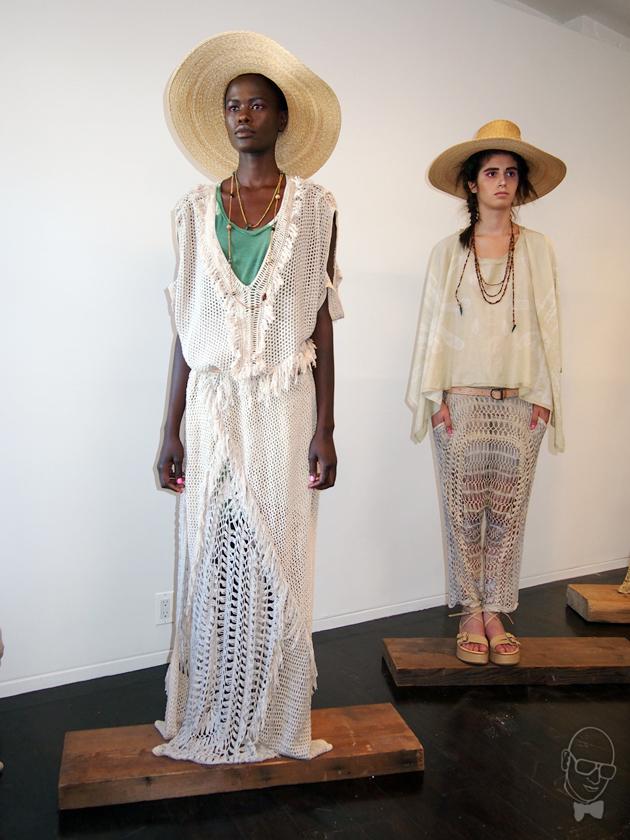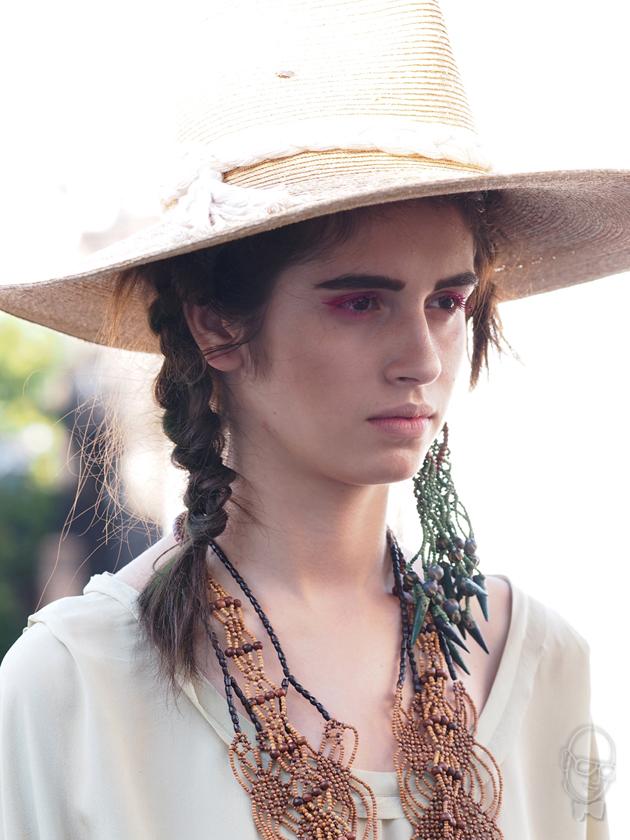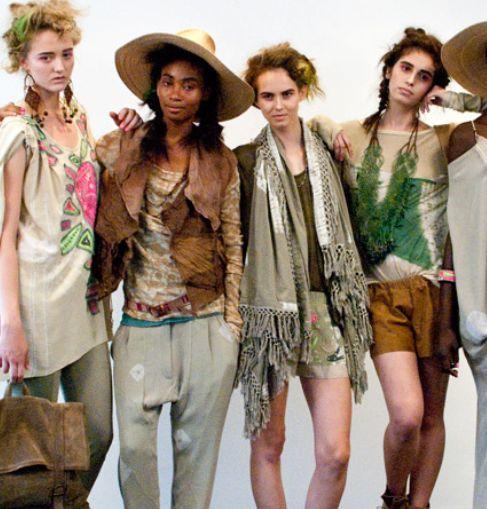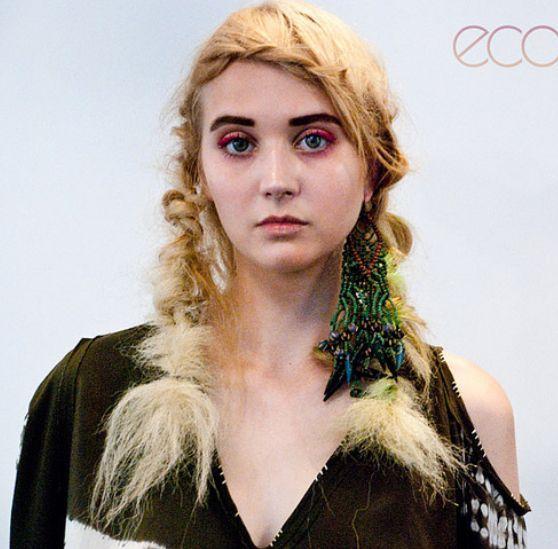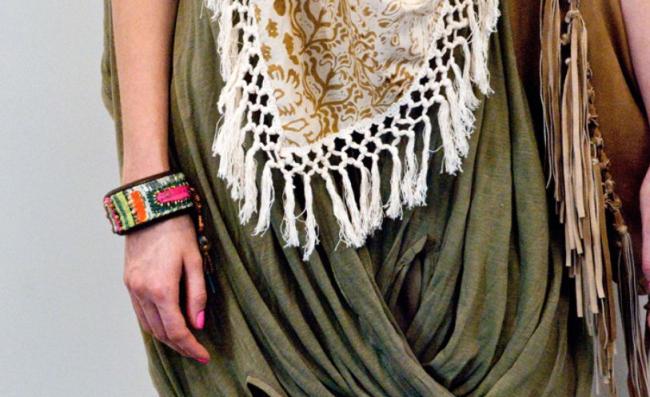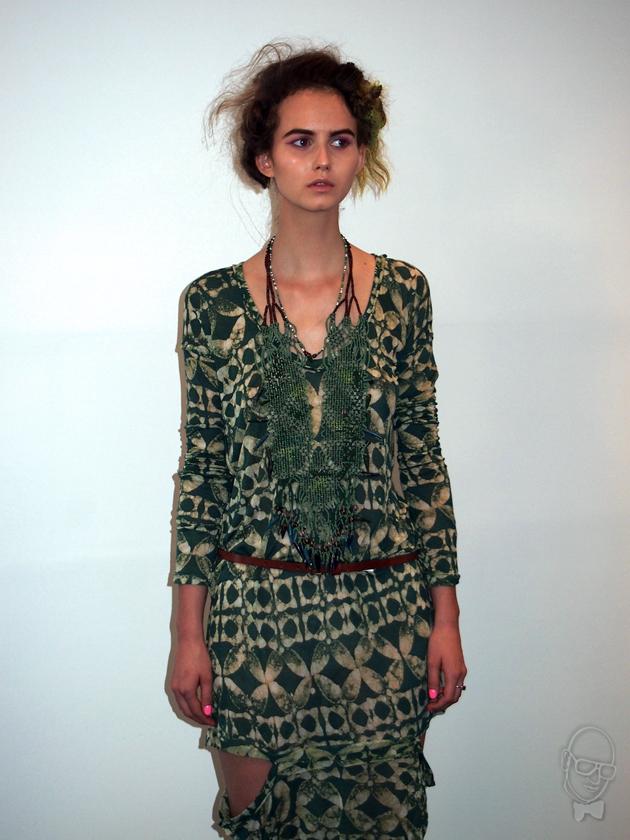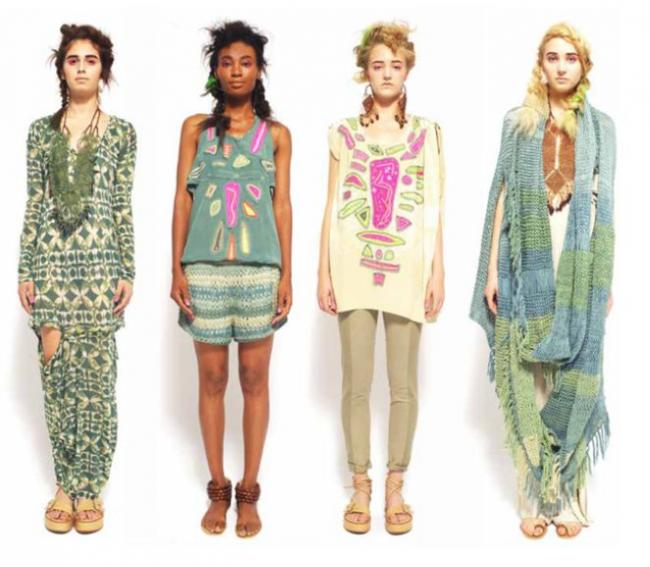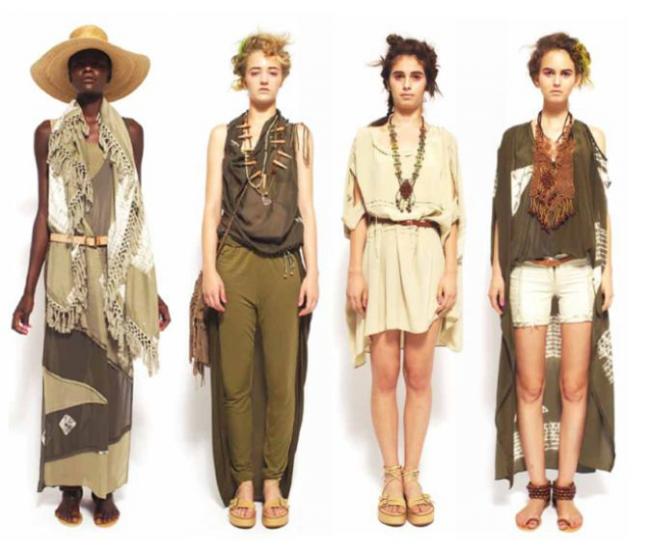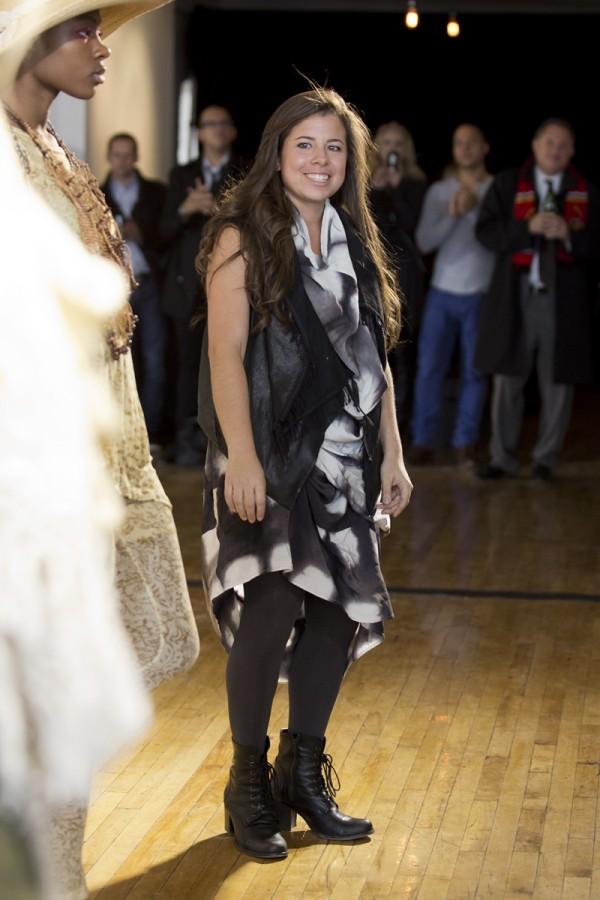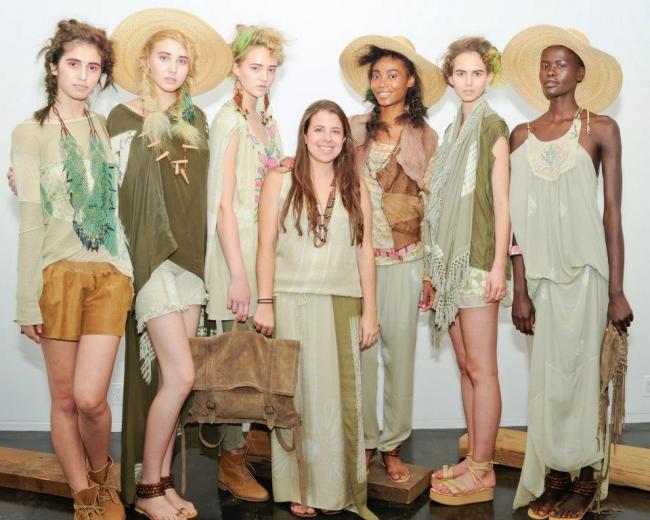
The Canadian designer Laura Siegel which has got worthy education in the New York Parsons and the British Central Saint Martins, reflected upon termination of study: where its creative track in infinite unlimited number of trends, highways, styozhek-paths of the world of a fashion? But «who looks for, that will always find», and style of collections of Laura was found" directly in travel, in creative communication with handicraftsmen-handicraftsmen of India, Peru, Bolivia, the interested immersion in sincere, plain philosophy of communication of state clothes and ornaments with the nature, religion, family way, in desire to seize secrets of their production in the same place, in the environment, under sensitive control of natives. Laura’s this ability to apprehend another’s view of beauty, ability to go deep into the personality and led to usual opening that the fashion – beautiful language of the communication, allowing to overcome the creative ambitions to overstep the bounds of author’s self-expression and, creating the things reflecting an inner world of the client, to open to it itself, to hand over keys from own freedom.
And Laura’s spring-and-summer collection 2013 is created just for those ladies whom it is very comfortable in an own body which love and appreciate freedom opened in. SS-13 is inspired with color, a smell, spring of the desert in what "is not so empty" and is lifeless. As the picturesque oases blossoming on spring in a droughty landscape, and umbristy, olive, razbelyonny chrome – cobalt, terracotta colors of clothes of Laura are refreshed by a bright neon pink хинакридона, green strontium, emerald greens, and not only in tops and accessories, but in мейкапе and manicure of models.
«This collection about life in the desert through a prism of various cultures», – explains the founder. And these «various cultures» arise through secrets of a stamping of skin, tradition of weaving, knitting, an embroidery, technological knowledge of coloring of fabrics in equipment of the hot and nodular batic known the same as "shibori" or "tie-dye" that in transfer means "stick-paint" and sends us not only at the time of hippie. This way of dressing of fabrics is known in many municipal cultures any more one millennium. All of an etnik, surely, is creatively rethought by the designer that is first expressed in a combination of materials: the macrame is added in sets with a jacket from skin slices, malekhanky shorts, a scarf sweater, and picturesque stitches, elements a petchvorka – in the noble invoice and earth scale of jersey, heavy silk, jersey.
«My idea consists in connecting all the passions in the lifelong project which will offer the lady universal and comfortable clothes from natural fabrics with beautiful structures and furnish, also will help to keep national culture and crafts worldwide».
But for some reason all this seems to me painfully familiar. We so "dressed up" in students time, it is very acceptable for clothes style of persons of the creative professions loving and able to connect everything and everybody, to revive something from a grandmother’s chest, to look a "cool" bagatelle in a flea market, in «a measured rag» at a discount to get cm eighty smart tussore silks, поколдовать in kitchen over a pan with the melted wax, painting a top or a skirt in a floor. Let’s add handiwork costume jewellery from semiprecious stones, skin, a tree, the bones brought from travel or made hands, and the clothes in bokho style the forthcoming summer are ready!


